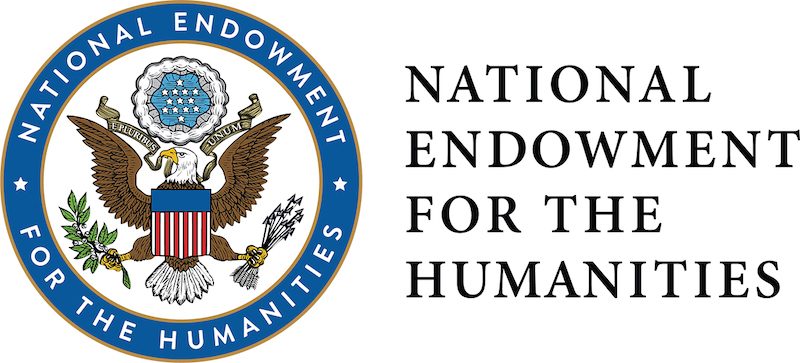
Background
From the date of the very first burial at The Green-Wood Cemetery in 1840 up until 1937, handwritten burial ledgers were maintained in the Cemetery offices. These oversized, clothbound books—known as the Burial Registry—list every interment at the Cemetery, chronologically. (Longtime Green-Wood staff still refer to these ledgers as “Chrono Books.”) Each record, written in one long row that stretches across two pages, contains demographic information on the person being interred organized in twelve separate columns. (See below for details.) In an effort to modernize its operations, Green-Wood stopped writing these records by hand in 1937 and turned to typewritten forms instead. These new forms included fewer points of information on each burial.
Our staff here at Green-Wood suspected that the information in the Burial Registry could be of great interest to researchers. To confirm that theory, we assembled a panel of scholars to review the entirety of Green-Wood’s institutional records—over 3,300 cubic feet. A planning grant from the National Endowment for the Humanities (NEH) funded the work. The scholars nominated the Burial Registry as the top priority for digitization. In 2020, Green-Wood received a second grant from the NEH to transcribe every burial record in the series. The funds also covered the development of an Elasticsearch index that enables the burial record data to be discoverable and searchable to experienced researchers and to the general public. This searchable database of Cemetery records is a first for Green-Wood, and to our knowledge, a first for any cemetery in the United States.
Series Overview
The Burial Registry forms the basis for all the information in this database. In total, the record series consists of sixty handwritten ledger books with data pertaining to 438,180 individuals interred at the Cemetery between 1840 and 1937. Cemetery administrators meticulously recorded a number of data points for each individual.
Each interment has an entry for:
- Green-Wood’s chronological burial number
- Name of the deceased
- Burial date
- Lot and Grave number (location in the Cemetery)
- Age at death in years, months, and days
- Place of birth
- Marital status
- Street and house number of residence
- Cause of death
- Name of the undertaker
- Occasional ancillary notations including small sketches or diagrams of the lot itself.
Here are detailed descriptions of each of these fields and how to interpret them in the database.
Each of the 438,180 records were handwritten by a Green-Wood administrator. The format is similar to the United States census records; names are listed down the left hand margin of the page with details in vertical columns that span two pages. Significantly, the data pertains primarily to individuals who lived in either New York City or Brooklyn—two cities whose populations experienced explosive growth in the nineteenth century—during which New York City established itself as the largest, most prosperous and most industrious city in the nation. While parts of the data available in these unique records are discoverable by other means, this is a comprehensive set of data which has the potential to be very consequential to the work of researchers of history, anthropology, epidemiology and public health, immigration statistics, and more.
Project Overview
We invite you to learn more about how this database was developed in the white paper from our project director, Julie I. May. Our raw data and coding can be accessed through our Github page.

Project Funders
Online access to the Burial and Vital Records: 1840-1937 is made possible through generous grants from the National Endowment for the Humanities, and the The Gladys Krieble Delmas Foundation.

Project Staff
Richard J. Moylan, President of Green-Wood Cemetery and the Green-Wood Historic Fund
Lisa Alpert, Vice President of Development and Programming
Stacy Locke, Manager of Historical Collections
Anthony M. Cucchiara, Archivist
Project Consultants
Bill McKinney, Database Developer
Colin McDonald, Web Developer
Innovative Document Imaging, Transcription
Julie I. May, Project Director
Advisory Board
Anthony Cocciolo Ed.D, Dean at the Pratt Institute, School of Information and Library Science
David Rosner, Ronald H. Lauterstein Professor of Sociomedical Sciences and Professor of History in the Graduate School of Arts and Sciences at Columbia UniversityLindsey Turley, Chief Donor Relations Officer at the Shaker Museum
Julie A. Golia, Curator of History, Social Sciences, and Government Information at the New York Public Library
Julie I. May, former Director of the Library and Archives at Brooklyn Historical Society
Lindsey Turley, Chief Donor Relations Officer at the Shaker Museum
Thomas Kessner, Distinguished Professor at the Graduate Center of the City University of New York